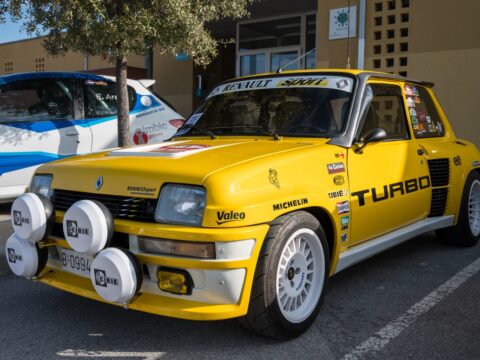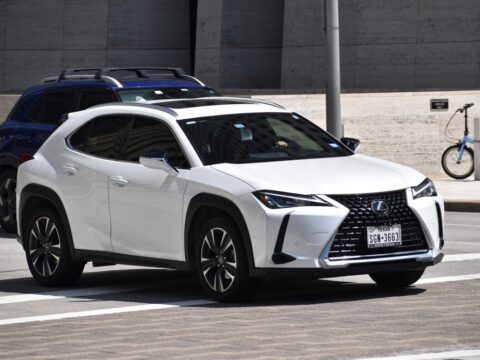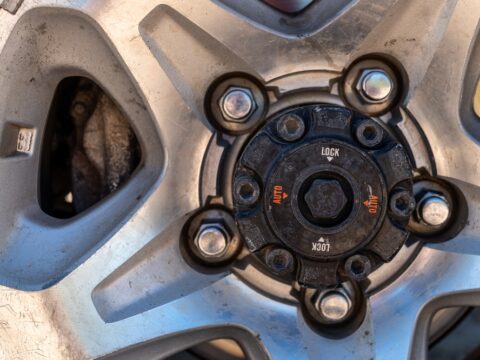Aerodynamics play a crucial role in a vehicle’s efficiency and performance. However, some automobiles have designs that hinder their aerodynamic capabilities, resulting in poor fuel economy and handling. Here are some automobiles with the worst aerodynamic designs, highlighting the challenges they face on the road.
Contents
Hummer H2
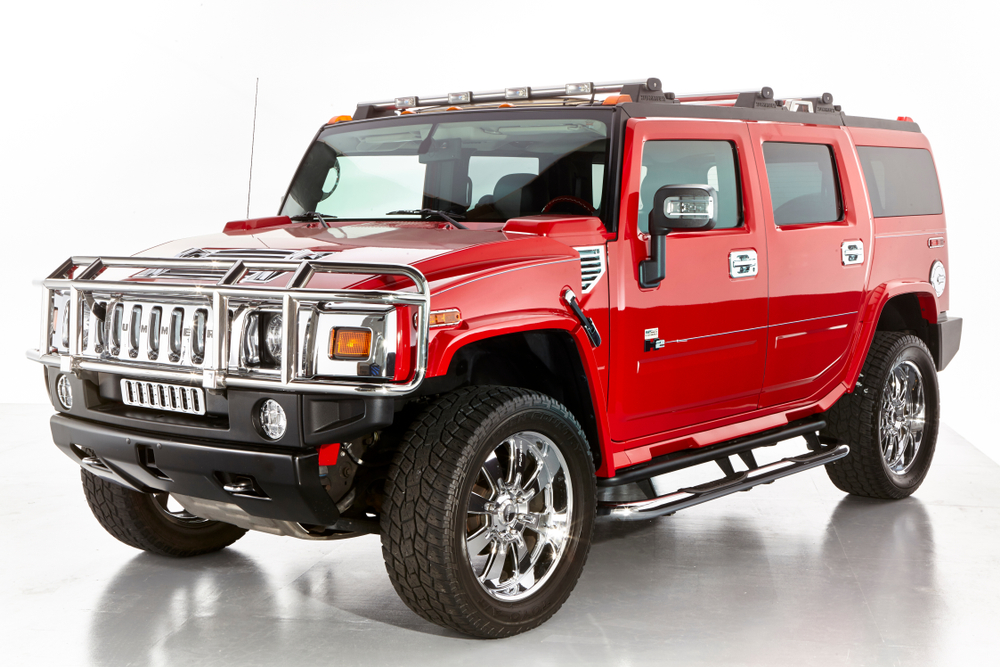
The Hummer H2 is notorious for its poor aerodynamic design, characterized by its boxy shape and large frontal area. Introduced in 2002, the H2 features a 6.0-liter V8 engine that produces 316 horsepower but suffers from poor fuel efficiency, averaging around 10-12 mpg. Its tall, wide stance and flat surfaces create significant drag, making it one of the least aerodynamically efficient vehicles on the road. This design contributes to its high fuel consumption and sluggish performance, particularly at higher speeds. Reviews often highlight its cumbersome handling and inefficiency, pointing to its aerodynamics as a major drawback.
Jeep Wrangler
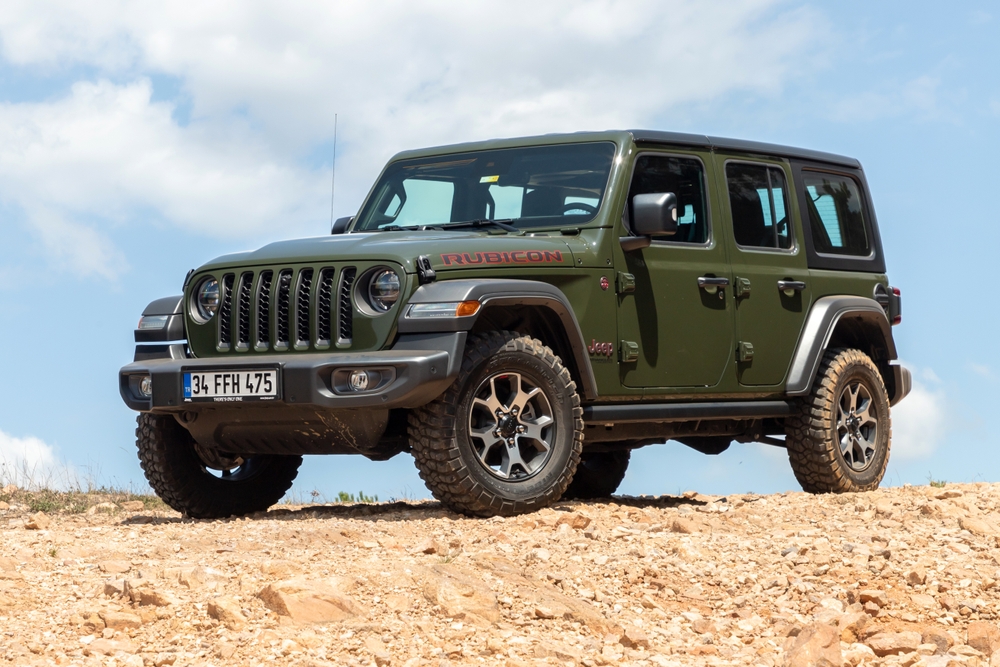
The Jeep Wrangler, especially older models, is well-known for its iconic but aerodynamically inefficient design. Its flat windshield, vertical front end, and overall boxy shape create a high drag coefficient, leading to poor fuel efficiency. The Wrangler’s off-road capabilities are unmatched, with a powerful 3.6-liter V6 engine producing 285 horsepower, but on-road performance and fuel economy suffer due to its aerodynamics. Reviews frequently note its noisy cabin at highway speeds and less-than-ideal fuel consumption, averaging around 18-22 mpg.
Suzuki Samurai
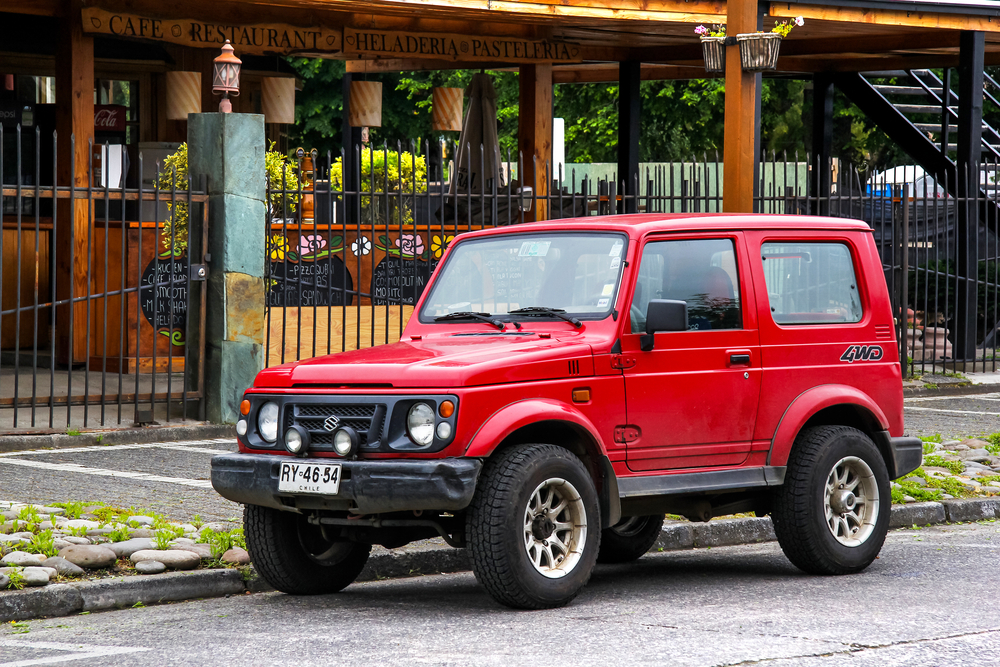
The Suzuki Samurai, produced from 1985 to 1995, has a simple, boxy design that lacks aerodynamic refinement. Its flat surfaces and upright windshield result in a high drag coefficient. Powered by a 1.3-liter inline-four engine with just 63 horsepower, the Samurai was never intended for high-speed performance. Its design, while beneficial for off-roading and maneuverability in tight spaces, makes it inefficient and noisy on highways. Reviews often point out its poor fuel efficiency and wind noise as major downsides.
Land Rover Defender
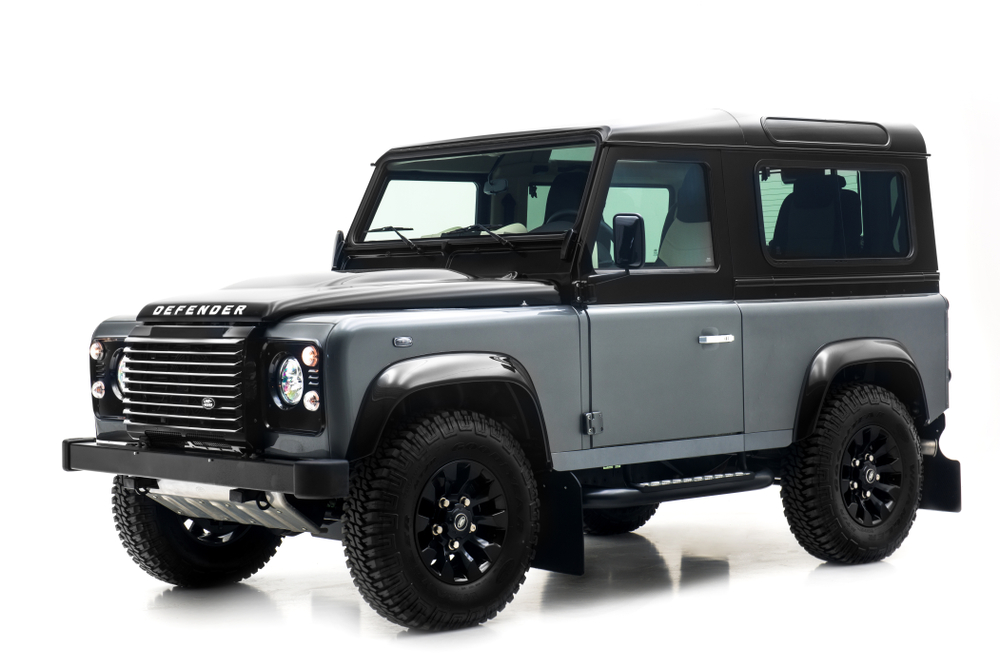
The Land Rover Defender, particularly models produced before 2016, has a classic utilitarian design that prioritizes off-road capability over aerodynamics. Its boxy shape, flat surfaces, and high ground clearance contribute to a high drag coefficient. Equipped with various diesel and gasoline engines, the Defender is built for rugged terrain but suffers from poor on-road fuel efficiency and performance. Reviews frequently mention its wind noise and high fuel consumption, averaging around 17-20 mpg, as significant drawbacks.
Toyota FJ Cruiser

The Toyota FJ Cruiser, produced from 2006 to 2014, is another example of a vehicle with poor aerodynamic design. Its retro-inspired, boxy shape with a nearly vertical windshield and large exterior mirrors contribute to a high drag coefficient. The FJ Cruiser is powered by a 4.0-liter V6 engine producing 260 horsepower, but its design limits its fuel efficiency to around 16-20 mpg. While it excels in off-road environments, reviews often criticize its on-road wind noise and fuel consumption.
Mercedes-Benz G-Class

The Mercedes-Benz G-Class, or G-Wagen, is a luxury SUV with a design that has remained largely unchanged since its introduction in 1979. Its boxy shape, flat windshield, and upright stance create significant aerodynamic drag. Despite its powerful engine options, including a 4.0-liter twin-turbo V8 producing up to 577 horsepower in the AMG G63, the G-Class suffers from poor fuel efficiency, averaging around 13-17 mpg. Reviews highlight its excellent off-road capabilities but often criticize its high fuel consumption and wind noise at highway speeds.
Ford Bronco (Early Models)
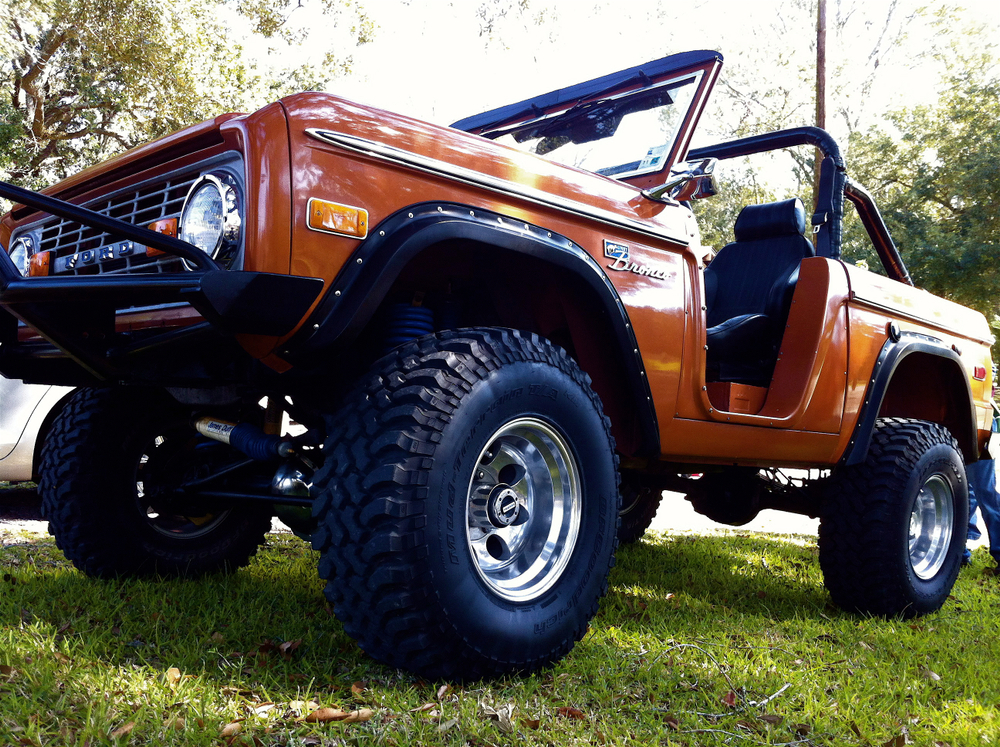
The early models of the Ford Bronco, particularly those produced from 1966 to 1977, have a classic, rugged design that is not aerodynamically efficient. Its boxy shape and flat windshield create a high drag coefficient. Powered by various V8 engines, the Bronco was designed for off-road performance rather than fuel efficiency. Reviews of these early models often mention their poor fuel economy and wind noise as significant drawbacks, despite their iconic status and off-road prowess.
Chevrolet Suburban (Early Models)
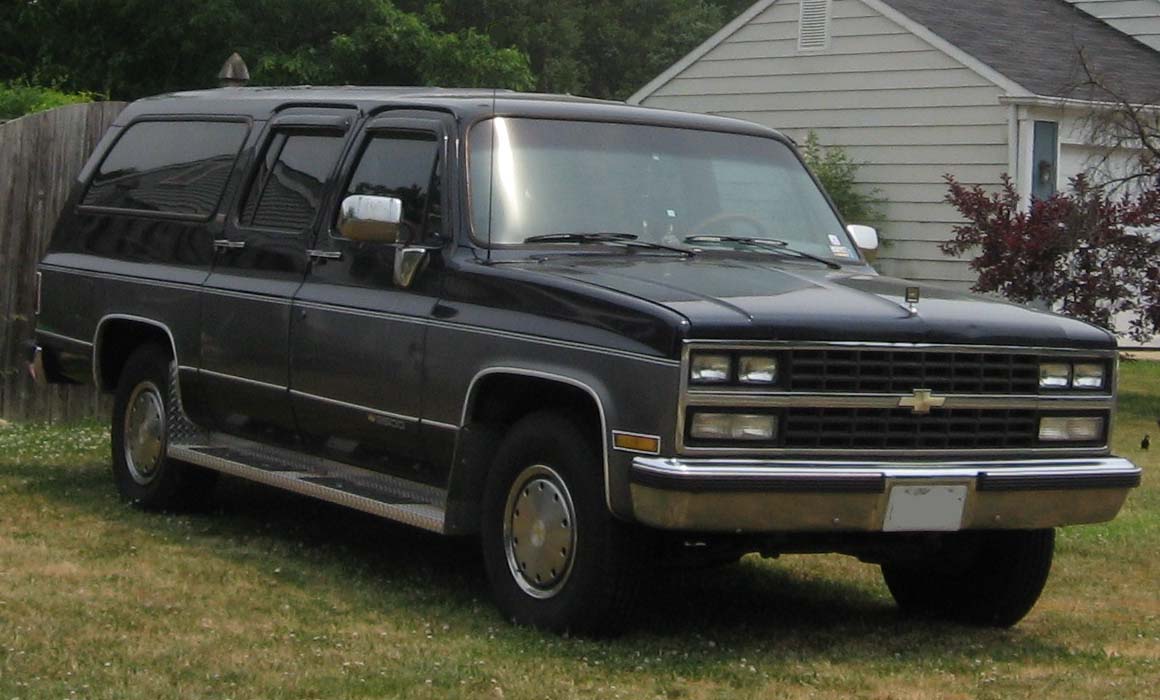
The Chevrolet Suburban, particularly models from the 1980s and 1990s, has a large, boxy design that lacks aerodynamic refinement. Its flat surfaces and upright stance contribute to a high drag coefficient. Equipped with powerful V8 engines, the Suburban is designed for hauling and towing but suffers from poor fuel efficiency, averaging around 12-16 mpg. Reviews often highlight its spacious interior and utility but criticize its high fuel consumption and wind noise.
AMC Hummer H1

The AMC Hummer H1, produced from 1992 to 2006, is a military-inspired vehicle with a design that prioritizes durability and off-road capability over aerodynamics. Its wide, flat surfaces and large frontal area create significant drag. Powered by a 6.5-liter turbo-diesel V8 engine, the H1 has impressive off-road performance but poor on-road fuel efficiency, averaging around 10-14 mpg. Reviews frequently mention its ruggedness and off-road abilities but criticize its high fuel consumption and limited on-road comfort.
Ford Econoline
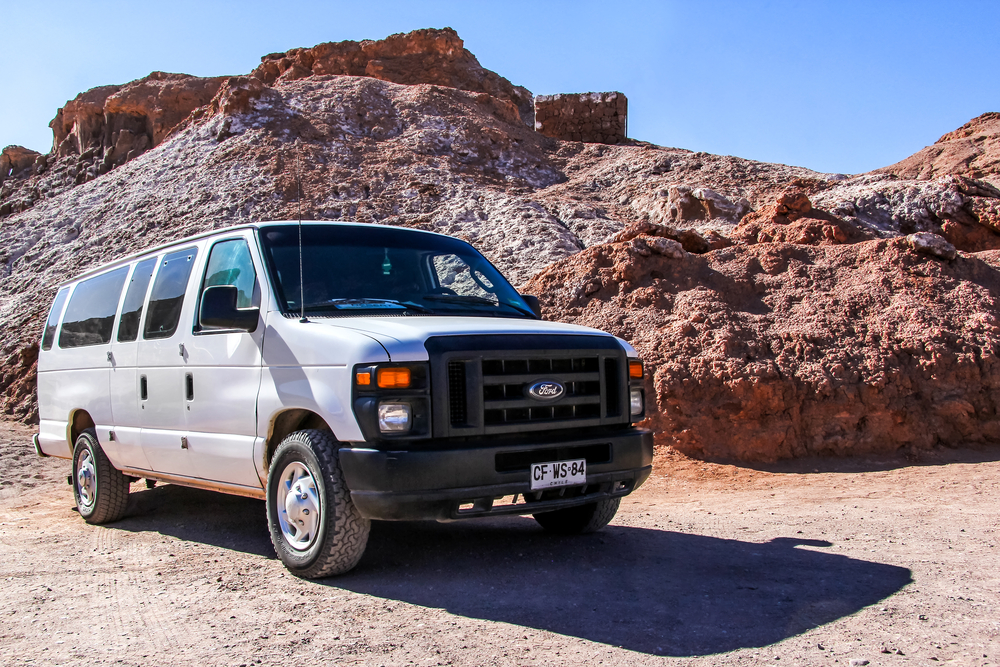
The Ford Econoline, particularly older models, has a utilitarian, boxy design that is not aerodynamically efficient. Its flat surfaces and large frontal area create a high drag coefficient. Powered by various V6 and V8 engines, the Econoline is designed for cargo and passenger transport rather than fuel efficiency. Reviews often highlight its practicality and spacious interior but criticize its poor fuel economy and wind noise.
Dodge Ramcharger
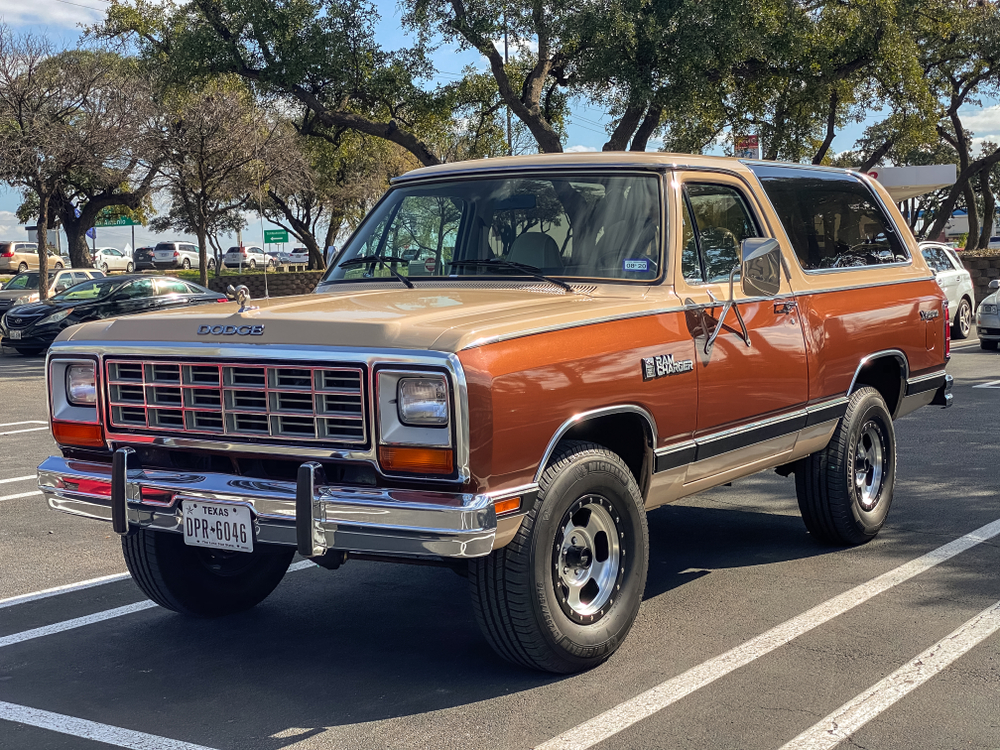
The Dodge Ramcharger, produced from 1974 to 1993, has a rugged, boxy design that lacks aerodynamic refinement. Its flat surfaces and upright stance contribute to a high drag coefficient. Equipped with powerful V8 engines, the Ramcharger was designed for off-road performance and towing but suffers from poor fuel efficiency, averaging around 12-15 mpg. Reviews often mention its durability and off-road capabilities but criticize its high fuel consumption and wind noise.
Toyota Land Cruiser (Early Models)
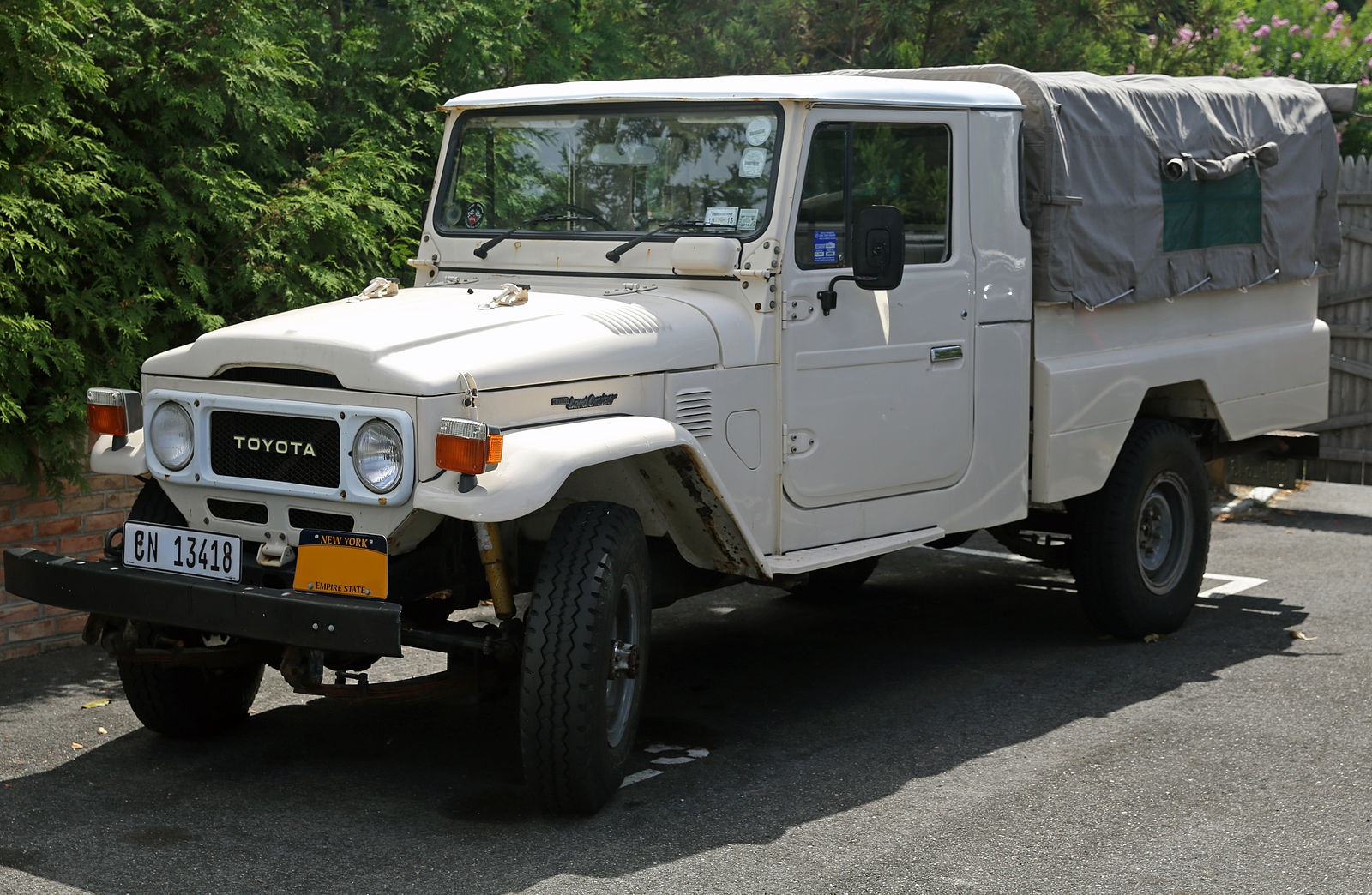
Early models of the Toyota Land Cruiser, particularly those from the 1960s and 1970s, have a boxy, utilitarian design that is not aerodynamically efficient. Its flat surfaces and upright stance create significant drag. Powered by inline-six and V8 engines, the Land Cruiser is known for its off-road capabilities but suffers from poor on-road fuel efficiency. Reviews often highlight its durability and off-road prowess but criticize its high fuel consumption and wind noise.
Mitsubishi Pajero (Early Models)

The early models of the Mitsubishi Pajero, particularly those from the 1980s and 1990s, have a boxy design that lacks aerodynamic refinement. Its flat surfaces and upright stance contribute to a high drag coefficient. Equipped with various inline-four and V6 engines, the Pajero is designed for off-road performance rather than fuel efficiency. Reviews often highlight its reliability and off-road capabilities but criticize its poor fuel economy and wind noise.
International Harvester Scout
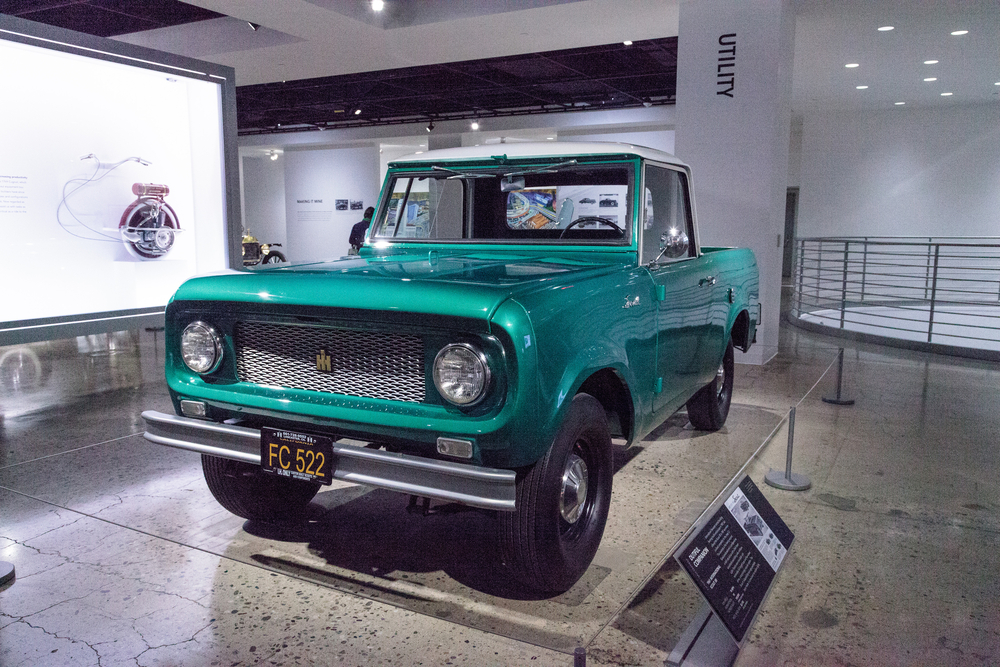
The International Harvester Scout, produced from 1961 to 1980, has a rugged, boxy design that is not aerodynamically efficient. Its flat surfaces and upright stance create a high drag coefficient. Powered by various inline-four, V6, and V8 engines, the Scout is known for its off-road capabilities but suffers from poor on-road fuel efficiency. Reviews often highlight its durability and versatility but criticize its high fuel consumption and wind noise.
Jeep Cherokee XJ

The Jeep Cherokee XJ, produced from 1984 to 2001, has a boxy design that lacks aerodynamic refinement. Its flat surfaces and upright stance contribute to a high drag coefficient. Equipped with a 4.0-liter inline-six engine, the Cherokee XJ is known for its off-road capabilities but suffers from poor fuel efficiency, averaging around 15-20 mpg. Reviews often highlight its ruggedness and practicality but criticize its wind noise and fuel consumption.
Suzuki LJ

The Suzuki LJ, produced in the 1970s and early 1980s, has a simple, boxy design that lacks aerodynamic refinement. Its flat surfaces and upright stance create significant drag. Powered by a small inline-four engine, the LJ was designed for off-road performance rather than fuel efficiency. Reviews often highlight its compact size and off-road capabilities but criticize its poor fuel economy and wind noise.
Ford Model T
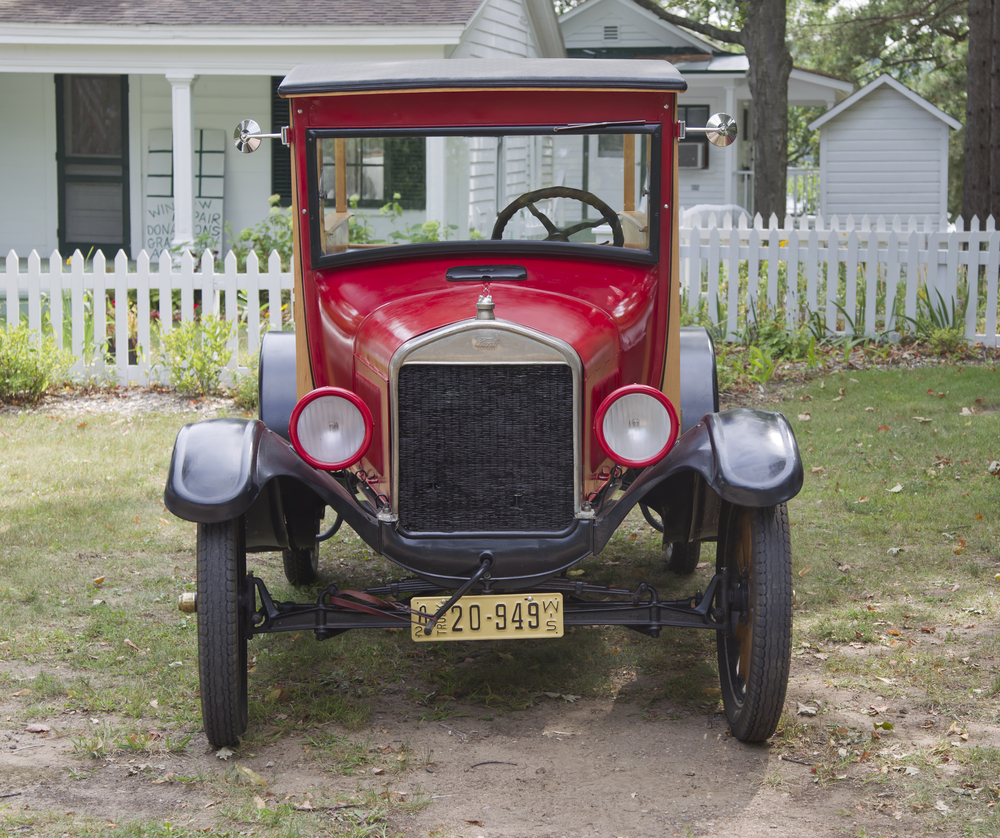
The Ford Model T, produced from 1908 to 1927, has a very basic, boxy design that lacks any consideration for aerodynamics. Its upright stance and flat surfaces create significant drag. Powered by a 2.9-liter inline-four engine, the Model T was designed for simplicity and affordability rather than performance. Reviews from its time highlight its practicality and ease of use but, by modern standards, its aerodynamics are extremely poor.
Nissan Patrol (Early Models)
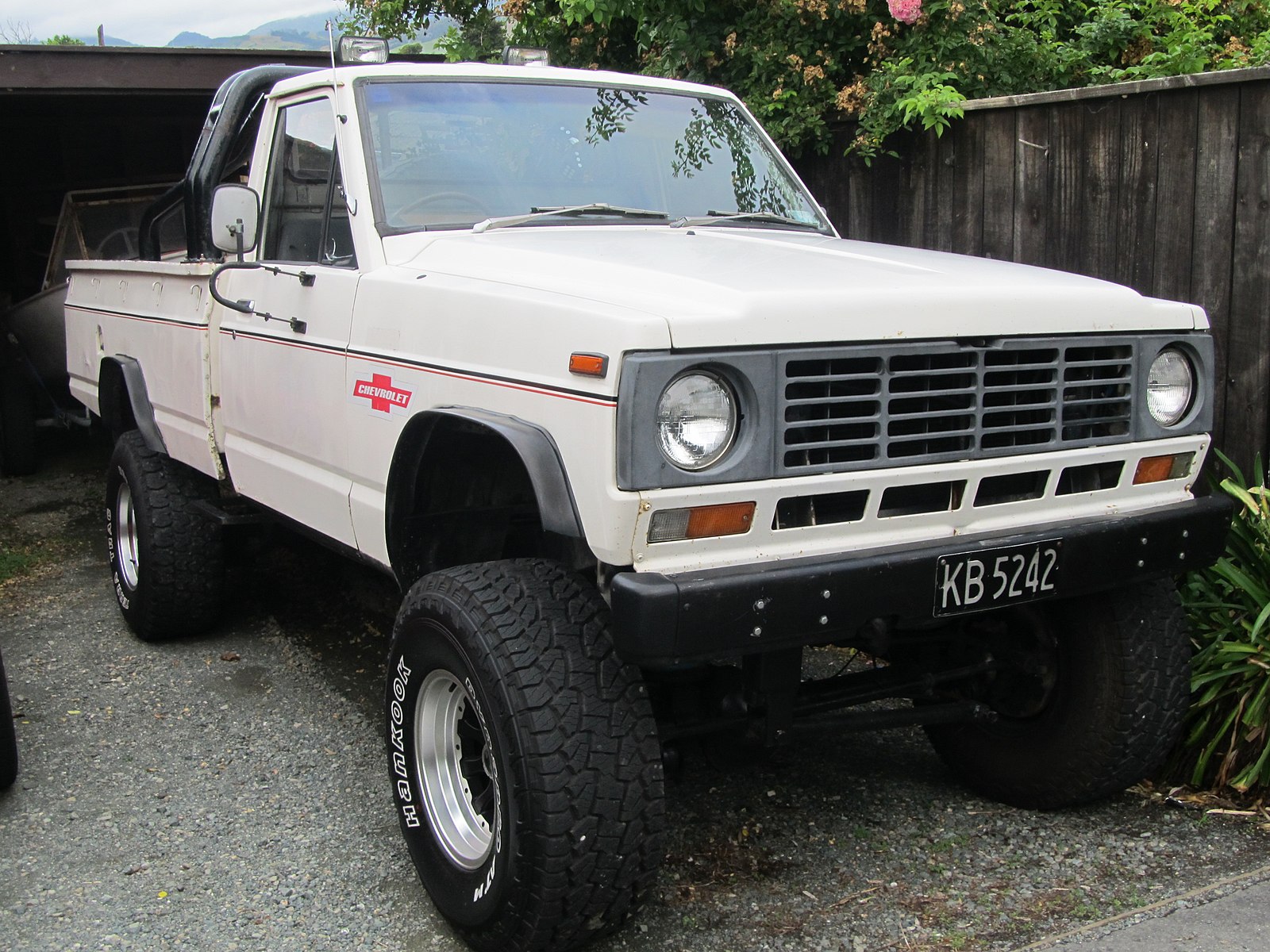
Early models of the Nissan Patrol, particularly those from the 1960s and 1970s, have a boxy, utilitarian design that is not aerodynamically efficient. Its flat surfaces and upright stance create significant drag. Powered by inline-six and V8 engines, the Patrol is known for its off-road capabilities but suffers from poor on-road fuel efficiency. Reviews often highlight its durability and off-road prowess but criticize its high fuel consumption and wind noise.
UAZ-469

The UAZ-469, produced from 1972 to 2003, has a rugged, boxy design that lacks aerodynamic refinement. Its flat surfaces and upright stance contribute to a high drag coefficient. Powered by a 2.5-liter inline-four engine, the UAZ-469 is designed for off-road performance rather than fuel efficiency. Reviews often highlight its durability and off-road capabilities but criticize its poor fuel economy and wind noise.
Lada Niva

The Lada Niva, produced since 1977, has a simple, boxy design that is not aerodynamically efficient. Its flat surfaces and upright stance create significant drag. Powered by a 1.7-liter inline-four engine, the Niva is known for its off-road capabilities but suffers from poor on-road fuel efficiency. Reviews often highlight its ruggedness and affordability but criticize its high fuel consumption and wind noise.
This article originally appeared on MyCarMakesNoise.
More from MyCarMakesNoise
20 Classic Cars Still Popular Today
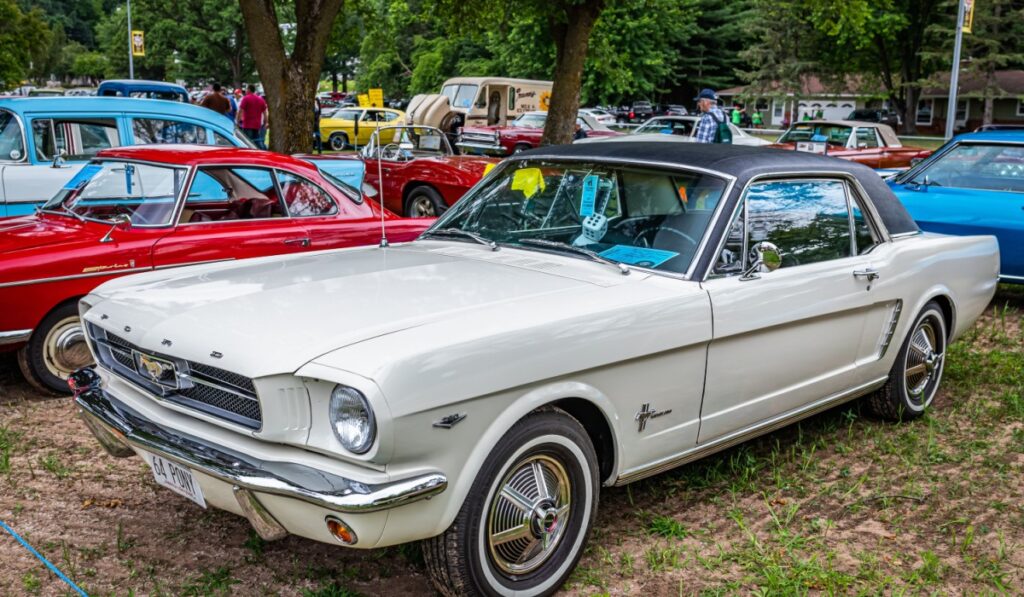
Classic cars have a timeless appeal that continues to captivate enthusiasts and collectors alike. Despite the decades that have passed, some models remain as popular today as they were when they first rolled off the assembly line. Read More.
15 Underrated Airplanes for Private Pilots

When it comes to choosing an airplane, many private pilots gravitate toward well-known models, leaving some truly remarkable aircraft overlooked. This list highlights 15 underrated airplanes that offer exceptional performance, reliability, and unique features. Read More.
20 Sports Car Myths You Need to Stop Believing
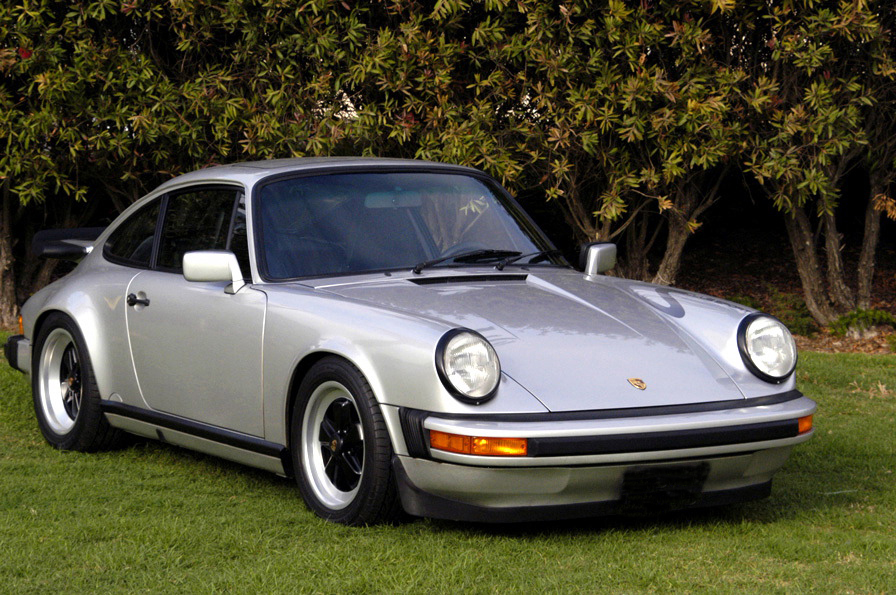
Sports cars are often surrounded by myths and misconceptions that can mislead enthusiasts and casual observers alike. From assumptions about their performance to beliefs about their practicality, many of these ideas are far from the truth. Read More.

